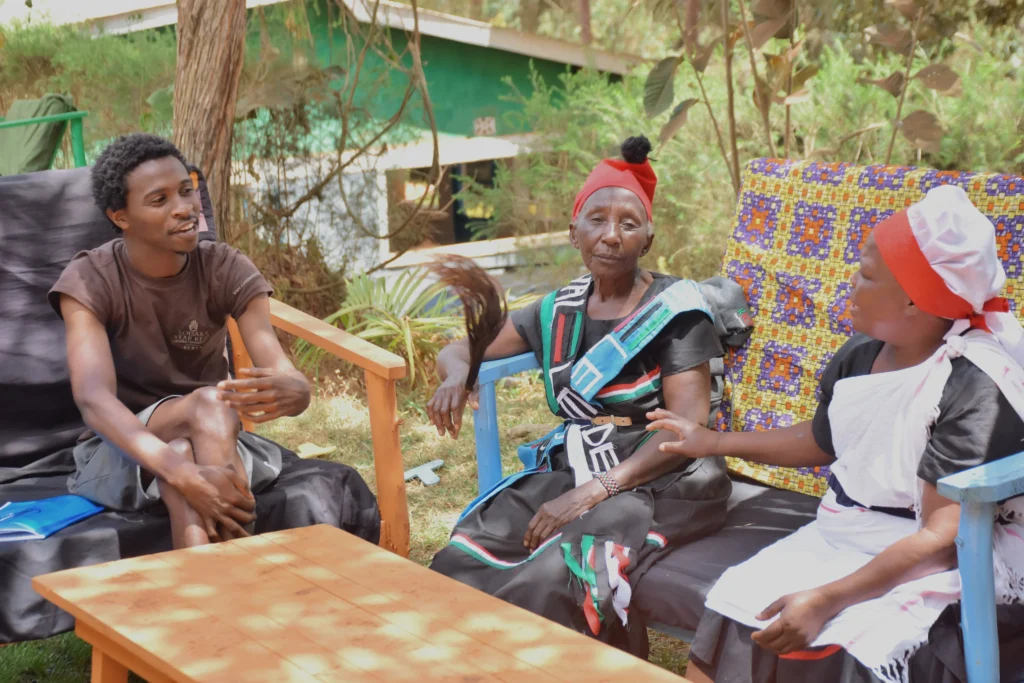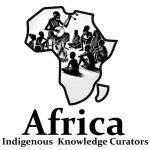Before there were smartphones, radio waves, or telegraph lines, African communities had already perfected long-distance communication through sophisticated drum languages that could carry complex messages across vast territories. These weren’t simple rhythmic patterns—they were complete linguistic systems as nuanced and expressive as any spoken language.
Beyond the Beat: Drums as Linguistic Systems
The talking drums of West Africa, particularly among the Yoruba, Hausa, and Akan peoples, represent some of the world’s most sophisticated percussion communication systems. These drums don’t just imitate the rhythm of speech—they replicate the actual tonal patterns, pitch variations, and linguistic structures of spoken languages.
Master drummers undergo years of training to learn these complex systems, memorizing not just rhythmic patterns but entire vocabularies of drum phrases that correspond to words, names, proverbs, and ceremonial declarations. A skilled talking drummer can “speak” complete sentences, tell stories, announce births and deaths, call people by name from miles away, and even engage in musical conversations with other drummers.
The Sacred Technology of Sound
What makes African drum communication systems particularly remarkable is their integration of practical communication with spiritual expression. Drums weren’t just tools for sending messages—they were sacred instruments that connected communities with ancestral spirits and divine forces.
The creation of talking drums involves sacred rituals and specific materials chosen for their spiritual significance as well as acoustic properties. The wood must come from certain trees, the animal skins are selected according to traditional protocols, and the entire construction process follows ceremonial practices that have been maintained for generations.
Complex Information Networks
These drum communication networks created sophisticated information systems that could coordinate community activities across vast regions. Market days, ceremonial gatherings, military movements, and social events were all coordinated through drum messages that traveled faster than any human messenger.
The systems included built-in verification methods—messages would be repeated by intermediate drummers who added their own identification signals, creating chains of communication that ensured accuracy and authenticity. Communities developed specific drum signatures that identified the sender and receiver, preventing miscommunication and ensuring messages reached their intended recipients.
Healing Through Rhythm
Beyond communication, African drum traditions recognize the profound therapeutic power of rhythm and percussion. Traditional healing ceremonies often center around complex drumming patterns that are believed to facilitate spiritual healing, emotional release, and community reconciliation.
Recent research in neuroscience confirms what African healers have long understood—specific rhythmic patterns can alter brain states, reduce stress, facilitate emotional processing, and strengthen social bonds. The healing drums used in traditional ceremonies create rhythmic environments that support both individual and collective well-being.
Modern Applications and Preservation Challenges
Today, many of these drum communication systems face extinction as modern technology replaces traditional communication methods. Younger generations often lack opportunities to learn these complex systems, and urbanization has disrupted the community structures that sustained these practices.
However, innovative preservation efforts are finding new applications for traditional drum languages. Some communities are integrating drum communication into modern emergency systems, cultural education programs, and therapeutic interventions. Musicians and composers worldwide are incorporating elements of African drum languages into contemporary compositions, creating new bridges between traditional and modern musical expression.
Digital Preservation of Acoustic Heritage
At AFIKC, we’re working with master drummers to create comprehensive digital archives of these communication systems. Our recordings capture not just the sounds but the cultural contexts, linguistic structures, and spiritual meanings that give these traditions their full significance.
These preservation efforts require collaboration with traditional practitioners who can explain the complex relationships between rhythm, language, and cultural meaning. Each recording session becomes a cultural exchange where ancient knowledge meets modern technology in service of preserving irreplaceable human heritage.
Learning from the Masters
The drum communication traditions of Africa offer profound lessons about the power of sound to create community, transmit knowledge, and connect people across time and space. In our increasingly digital world, these traditions remind us that the most sophisticated technologies are often those that integrate technical innovation with deep understanding of human needs and spiritual values.
As we work to preserve these remarkable communication systems, we’re not just saving musical traditions—we’re maintaining access to alternative ways of thinking about community, communication, and the sacred power of sound to unite people across distances both physical and spiritual.Before there were smartphones, radio waves, or telegraph lines, African communities had already perfected long-distance communication through sophisticated drum languages that could carry complex messages across vast territories. These weren’t simple rhythmic patterns—they were complete linguistic systems as nuanced and expressive as any spoken language.
Beyond the Beat: Drums as Linguistic Systems
The talking drums of West Africa, particularly among the Yoruba, Hausa, and Akan peoples, represent some of the world’s most sophisticated percussion communication systems. These drums don’t just imitate the rhythm of speech—they replicate the actual tonal patterns, pitch variations, and linguistic structures of spoken languages.
Master drummers undergo years of training to learn these complex systems, memorizing not just rhythmic patterns but entire vocabularies of drum phrases that correspond to words, names, proverbs, and ceremonial declarations. A skilled talking drummer can “speak” complete sentences, tell stories, announce births and deaths, call people by name from miles away, and even engage in musical conversations with other drummers.
The Sacred Technology of Sound
What makes African drum communication systems particularly remarkable is their integration of practical communication with spiritual expression. Drums weren’t just tools for sending messages—they were sacred instruments that connected communities with ancestral spirits and divine forces.
The creation of talking drums involves sacred rituals and specific materials chosen for their spiritual significance as well as acoustic properties. The wood must come from certain trees, the animal skins are selected according to traditional protocols, and the entire construction process follows ceremonial practices that have been maintained for generations.
Complex Information Networks
These drum communication networks created sophisticated information systems that could coordinate community activities across vast regions. Market days, ceremonial gatherings, military movements, and social events were all coordinated through drum messages that traveled faster than any human messenger.
The systems included built-in verification methods—messages would be repeated by intermediate drummers who added their own identification signals, creating chains of communication that ensured accuracy and authenticity. Communities developed specific drum signatures that identified the sender and receiver, preventing miscommunication and ensuring messages reached their intended recipients.
Healing Through Rhythm
Beyond communication, African drum traditions recognize the profound therapeutic power of rhythm and percussion. Traditional healing ceremonies often center around complex drumming patterns that are believed to facilitate spiritual healing, emotional release, and community reconciliation.
Recent research in neuroscience confirms what African healers have long understood—specific rhythmic patterns can alter brain states, reduce stress, facilitate emotional processing, and strengthen social bonds. The healing drums used in traditional ceremonies create rhythmic environments that support both individual and collective well-being.
Modern Applications and Preservation Challenges
Today, many of these drum communication systems face extinction as modern technology replaces traditional communication methods. Younger generations often lack opportunities to learn these complex systems, and urbanization has disrupted the community structures that sustained these practices.
However, innovative preservation efforts are finding new applications for traditional drum languages. Some communities are integrating drum communication into modern emergency systems, cultural education programs, and therapeutic interventions. Musicians and composers worldwide are incorporating elements of African drum languages into contemporary compositions, creating new bridges between traditional and modern musical expression.
Digital Preservation of Acoustic Heritage
At AFIKC, we’re working with master drummers to create comprehensive digital archives of these communication systems. Our recordings capture not just the sounds but the cultural contexts, linguistic structures, and spiritual meanings that give these traditions their full significance.
These preservation efforts require collaboration with traditional practitioners who can explain the complex relationships between rhythm, language, and cultural meaning. Each recording session becomes a cultural exchange where ancient knowledge meets modern technology in service of preserving irreplaceable human heritage.
Learning from the Masters
The drum communication traditions of Africa offer profound lessons about the power of sound to create community, transmit knowledge, and connect people across time and space. In our increasingly digital world, these traditions remind us that the most sophisticated technologies are often those that integrate technical innovation with deep understanding of human needs and spiritual values.
As we work to preserve these remarkable communication systems, we’re not just saving musical traditions—we’re maintaining access to alternative ways of thinking about community, communication, and the sacred power of sound to unite people across distances both physical and spiritual.




